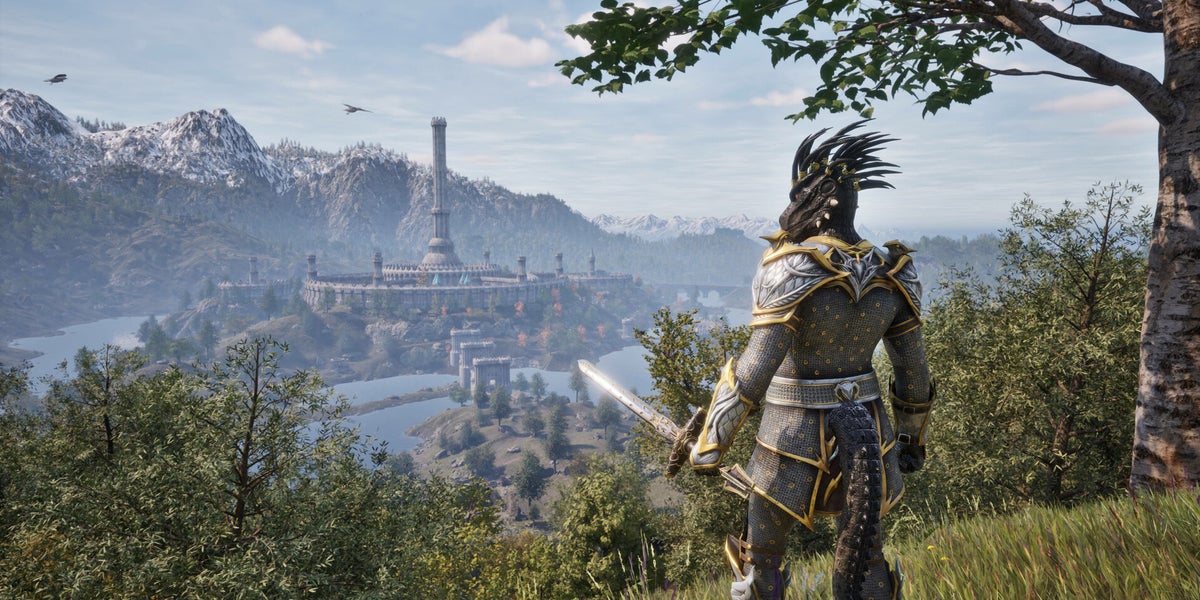Time Travelers of Modding: 2008 Mods Defy Odds in Oblivion Remastered

The modding community has once again proven its incredible dedication and creativity, this time focusing on The Elder Scrolls IV: Oblivion Remastered. Enthusiastic modders wasted no time diving into the remastered version, and to their delightful surprise, discovered that some classic modifications from 2008 still function seamlessly within the updated game.
Veteran modders and long-time fans of the game quickly began exploring the remastered edition, testing their beloved legacy mods to see how they would perform. What they found was a testament to the robust modding infrastructure of Bethesda's game design - many older modifications remained surprisingly compatible, bridging more than a decade of gaming history.
This unexpected compatibility not only demonstrates the enduring appeal of Oblivion but also highlights the passionate and persistent nature of the modding community. Gamers can look forward to potentially reviving their favorite classic modifications while enjoying enhanced graphics and performance in the remastered version.
As modders continue to experiment and push the boundaries of what's possible, fans of The Elder Scrolls series are eagerly watching to see what innovative transformations will emerge in the coming weeks.
